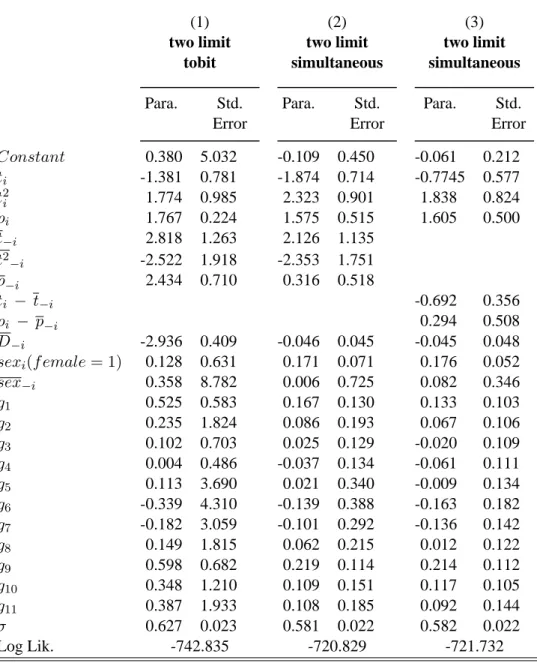Tax Evasion and Social Interactions
Texte intégral
Figure


Documents relatifs
Assume that 2 , the variance of income risk ", is small. It may perhaps help intuition to underline that, other things equal, the tax rate is: a decreasing function of
(28) Before to study the tax evasion problem in the present prospect theory setting, it is interesting to understand the differences with an expected utility theory, where the
Column (4) shows the more individuals from one country are involved in the scandal, the larger the response of individuals in favour of redistribution will be in this country, and
Proposition 2 If the productivity distribution is Pareto unbounded, the government has maximin preferences and agents have a utility function that is either quasi-linear in
The level as well as the slope of the semi-elasticity of migration are crucial to derive the shape of optimal marginal in- come tax, even for high income earners.. The
Address: Universit` a Cattolica del Sacro Cuore, Department of Economics and Finance - Largo Gemelli, 1 - 20123 Milano, Italy. Claudio Lucifora is also research fellow
While the literature following Gruber and Saez (2002) identifies income effects by controlling for actual changes in virtual incomes, we do so by including changes in the
When an agent’s trajectory has only one switch point, for instance when it is decreasing as in section 4.6 below, we conclude that labor supply is undistorted for the most